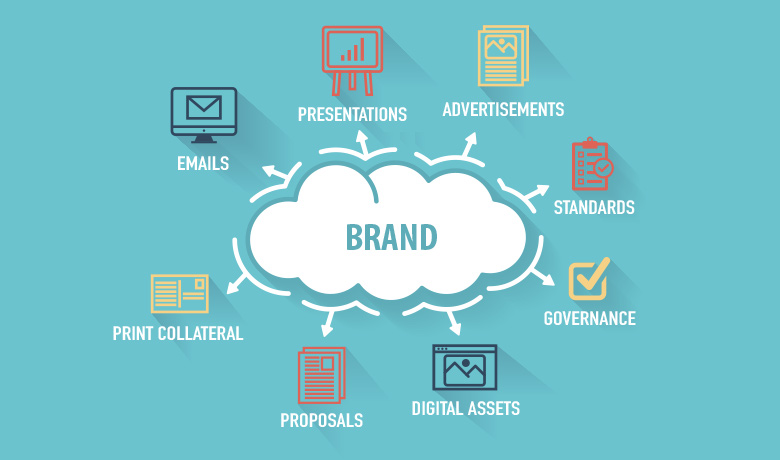The Pepsi Paradox

Blind tasting tests consistently show that Pepsi is the winner, even though Coke is often considered the superior brand.
Pepsi’s market share gradually grew over Coke’s in the ’70s and ’80s. In commercials, people always chose Pepsi, but real-life consumers also preferred the sweeter flavour. In 1983, Pepsi outsold Coke in supermarkets, forcing Coke to rely on its bigger network of soda fountains and fast food tie-ins to maintain its market dominance. That was a triumph.
And it gets better: because of Pepsi, Coca-Cola made a disastrous decision. The company decided to conduct blind taste testing internally to come up with a better product. This led to the creation of the infamous New Coke, a sweeter cola that was able to outperform both the original Coke and Pepsi in blind taste testing.
Over 400,000 letters of protest flooded into the corporation, showing how quickly the reaction spread. Coke’s market share may have been falling, but it was still far larger than that of Pepsi, and the company’s millions of dedicated consumers weren’t in the market for a change. While a group of Coca-Cola bottlers opted to challenge the corporation to modify the beverage, Pepsi had its best annual sales rise in company history during New Coke’s debut month.
The top brass of Coca-Cola eventually did the unthinkable and confessed they were wrong. They changed tactics and have been ahead of the competition ever since. They began selling “Coca-Cola Classic,” the original recipe restored in 1985, alongside “New Coke” in the 1990s. After some time, the “new” Coke was completely phased out, and Coca-Cola Classic was once again just known as Coke. This product is so ubiquitous in American culture that in many regions, including the Midwest and the South, it has become shorthand for the broader category of carbonated soft drinks known as “soda” or “pop.”
For the last quarter of a century, advertisements for Coke have made the brand itself the main attraction. The shared experience of drinking the soda is meant to evoke warm feelings associated with close relationships and other such things. And it’s been quite successful. When it comes to carbonated soft drinks in the United States, the numbers show that Coke is far and away the leader. Diet Coke with ice is a close second. Pepsi has fallen to a dismal third position. Although it is the company’s main brand and generates over $65 billion annually, Pepsi is a clear loser in the popularity contest.
The firm is in a difficult position since the Pepsi Challenge wasn’t an empty publicity stunt. Blind taste tests reveal that the general public prefers it to Coke. However, Coke sales continue to rise.
The Paradox
The success of Coke demonstrates the importance of advertising for consumer goods firms above product quality as a whole. Intriguingly, some researchers have proposed that Coke’s advertising physically remodels the human brain.
That was the result of a taste test investigation between Coca-Cola and Pepsi Cola that Samuel McClure and his colleagues undertook.
They pointed out, in a concept they called the “Pepsi Paradox,” that branding may have a major effect on consumers’ perceptions of food as well as their choices for what they eat.
This pattern of action exemplifies the influence of marketing and branding on our everyday decisions about what to eat and drink.
People’s eating habits might change dramatically when they have an emotional connection with a product’s brand and find that its values mirror their own.
Even though the ingredients of Coke and Pepsi are essentially similar, most individuals have a strong preference for one over the other.
Brain scans show that individuals consistently love and prefer both drinks, even whether they are randomly assigned to receive one or the other.
However, brain scans revealed far greater levels of reaction for Coke than Pepsi, reflecting an indicated preference for Coke when the brands were exposed before being served the drink.
Charlotte Schallenberg went even further with this idea by experimenting with Diet Coke and Diet Pepsi.
People liked Diet Pepsi in a blind taste test, but they preferred Coca-Cola when they knew whose brand they were drinking.
Brand Influence
When seen through the lens of behavioural science, we can see how brand influence may affect not just our tastes but also our decisions about which beverages to buy.
It also demonstrates the illogic of these decisions, since many respondents either did not have a preference or chose Diet Pepsi.
The primary problem is that almost none of us realise just how much impact various companies have on our daily lives.
Reference
https://projekter.aau.dk/projekter/files/198413288/Speciale_endelig.pdf



